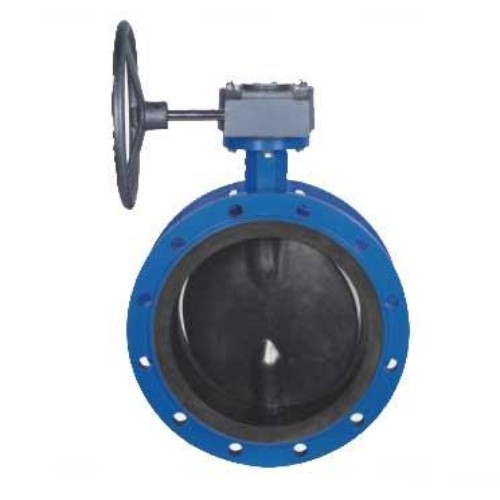Comprehensive Guide to Operating and Maintaining Gate Valves for Optimal Performance
Understanding Gate Valves A Comprehensive Manual
Gate valves are essential components in various industries, particularly in the realms of water supply and wastewater management, oil and gas, and chemical processing. They are widely used for their ability to provide a tight seal when closed, making them ideal for applications requiring minimal flow resistance. This article serves as a comprehensive manual on gate valves, covering their design, operation, and maintenance.
Design and Construction
Gate valves are typically constructed from robust materials such as cast iron, steel, or brass, designed to withstand high pressure and temperature fluctuations. The most common internal design consists of a wedge-shaped gate that fits into the valve body. When the valve is opened, the gate moves perpendicular to the flow direction, creating a path for fluid to pass through. Conversely, when closed, the gate seals off the flow completely, preventing any leakage.
The design can vary based on the application, with two primary types of gate valves the rising stem and the non-rising stem. In rising stem gate valves, the stem rises alongside the gate as it opens, allowing for visual verification of the valve's position. Non-rising stem valves are more compact, making them suitable for installations with limited vertical space.
Operating Principles
Gate valves operate using a simple mechanism. An actuator turns the valve handle or wheel, which engages the stem connected to the gate. As the actuator is turned, the gate rises or falls within the valve body, allowing or obstructing fluid flow. One of the key advantages of gate valves is their ability to maintain a smooth flow path with minimal pressure drop when fully open. This characteristic makes them particularly suitable for applications involving high flow rates.
However, it is essential to note that gate valves are not ideal for throttling applications. Attempting to regulate flow by partially opening a gate valve can lead to vibration and turbulence within the system, potentially damaging the valve and compromising its sealing capability. Therefore, gate valves are best utilized in on/off applications where either full flow or complete closure is required.
Installation Guidelines
gate valve manual

Proper installation of gate valves is critical for ensuring their optimal performance and longevity. Before installation, it is vital to check the valve's specifications to ensure it matches the system requirements, including pressure rating, size, and material compatibility. When installing, ensure that the valve is aligned correctly within the piping system, and avoid using excessive force which could damage the valve.
It is also advisable to install gate valves in a horizontal position whenever possible. This orientation helps prevent debris accumulation and ensures smooth operation of the gate mechanism. Additionally, adequate space should be allowed around the valve for maintenance access.
Maintenance and Troubleshooting
Regular maintenance is key to ensuring the longevity and performance of gate valves. Routine inspections should focus on checking for leaks, verifying stem conditions, and ensuring the valve operates smoothly without excessive force. Lubricating the stem and threads periodically can extend the lifespan of the valve.
In cases of leakage or operational issues, troubleshooting may involve the following steps
1. Identify the Source of Leakage Inspect the valve body for cracks or the seat for wear. 2. Check the Stem and Packing Worn packing can lead to leaks, and replacing packing material may resolve issues. 3. Examine Actuation Mechanisms Ensure that the actuator functions properly, as any mechanical issues could affect valve operation.
If severe wear or damage is evident, a more comprehensive repair or replacement may be necessary.
Conclusion
Gate valves are integral to many industrial applications, serving as reliable solutions for controlling fluid flow. Understanding their design, operation, and maintenance is crucial for ensuring optimal performance and preventing costly downtime. By adhering to proper installation guidelines and conducting regular maintenance, users can ensure that their gate valves function effectively for years to come.
-
The Key to Fluid Control: Exploring the Advantages of Ball Valves in Industrial SystemsNewsJul.09,2025
-
The Versatile World of 1, 2, and 3 Piece Ball ValvesNewsJul.09,2025
-
Stainless Steel Ball Valves: The Ideal Choice for Efficient Flow ControlNewsJul.09,2025
-
Optimizing Fluid Control with Ball Float ValvesNewsJul.09,2025
-
Manual Gate Valves: Essential for Control and EfficiencyNewsJul.09,2025
-
Everything You Need to Know About Butterfly ValvesNewsJul.09,2025
-
The Versatility of Wafer Type Butterfly ValvesNewsJul.08,2025




